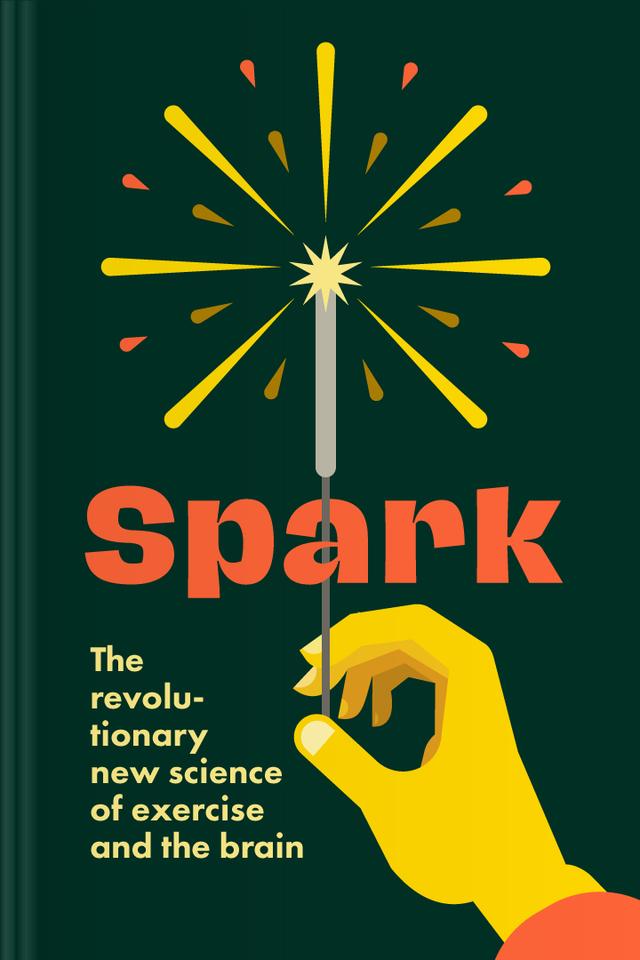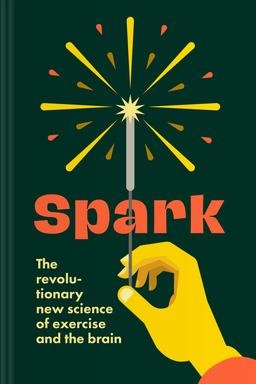You’ll learn
- How working out correlates to good mental and physical health
- How stress can be beneficial to a human being
- Why anxiety is important in facing challenges
- What impact working out has on aging
russia has launched a full-scale war in Ukraine. Donate to support Ukraine and protect the world’s peace.

first KEY POINT
Nowadays, the convenience of technology often promotes a sedentary lifestyle, which contradicts our natural need for movement and physical activity. Our modern home-sitting lifestyle threatens our health and shortens our lives. What’s more, inactivity negatively affects the human brain, reducing its capacity for intellectual work.We should always remember that our bodies and minds are on the same team. Factors beneficial to one invariably enhance the other, yet regrettably, elements detrimental to one likewise harm the other. Hence, physical exercises enhance brain development and foster improved focus, thereby augmenting our ability to retain information.
The brain primarily uses two neurotransmitters — glutamate and gamma-aminobutyric acid (GABA) — to memorize or forget anything read or heard. Glutamate transmits these information signals between neurons, making them connect and build a new “unit.”Serotonin, another neurotransmitter, controls brain activity and influences mood, earning it the nickname of the happiness hormone. People diagnosed with depression usually take Prozac, which regulates serotonin secretion and improves moods. Dopamine, another crucial hormone, is responsible for our learning and attention. Those with attention deficit hyperactivity disorder (ADHD) may take medication to boost dopamine production and calm their minds.However, people without psychological disorders can enhance attentiveness and learning ability without medication. Regular jogging or exercising increases the secretion of these neurotransmitters, explaining why we often feel better after a workout.In this summary, you will find the motivation to do sports and understand why you need it. By doing that, you’ll become healthier overall.
second KEY POINT
By conducting brain magnetic resonance imaging (MRI), researchers discovered that the prefrontal cortex is activated when we learn something new. The prefrontal cortex is also responsible for our perception of mistakes and the capability to deal with future experiences. People who exercise regularly are better at analyzing a situation before making a final decision, lending them an advantage in decision-making and problem-solving and often leading to more effective results in their personal and professional lives.Carl Cotman, an American neurologist, investigated the aging brain and noticed that individuals who exercised throughout their lives had healthier and more active brains, thus establishing the connection between physical activity and brain functioning.

Continue reading with Headway app
Continue readingfirst KEY POINT
second KEY POINT
third KEY POINT
fourth KEY POINT
fifth KEY POINT